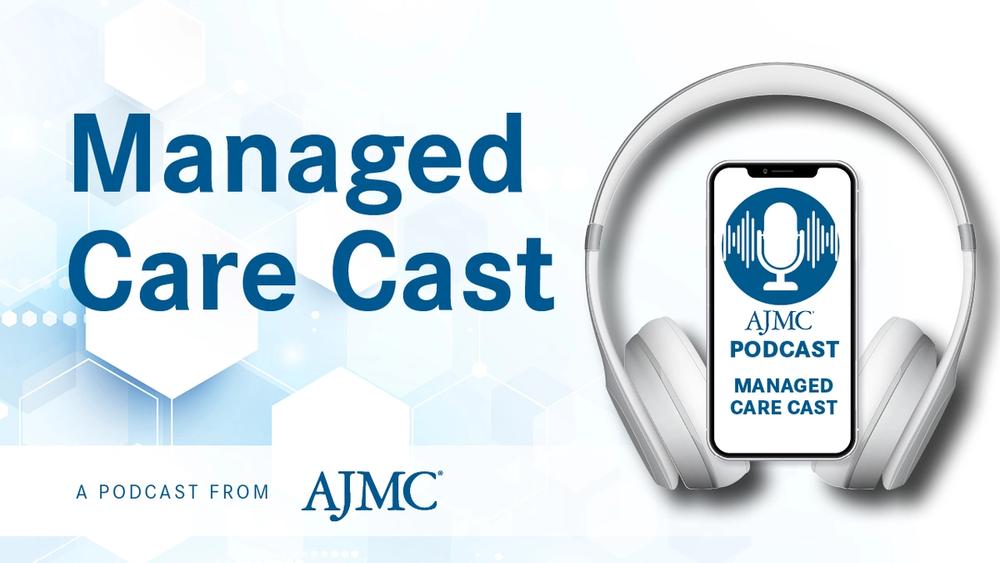News
Article
Dr Ruff Explores Mitigating Surgical Bleeding in AFib With Abelacimab
Author(s):
Favorable bleeding outcomes related to abelacimab have positioned the medication as a potential game changer in the treatment of atrial fibrillation.
Previously, Christian Ruff, MD, MPH, director, general cardiology, Brigham and Women’s Hospital, and Dan Bloomfield, MD, chief medical officer, Anthos Therapeutics, joined The American Journal of Managed Care® (AJMC®) to give an overview of novel findings from the AZALEA-TIMI 71 trial. Their study has shown great promise for patients with atrial fibrillation who have needed safer anticoagulation alternatives for some time.
One of the core results from AZALEA-TIMI 71 was its impact on patients’ chances of bleeding while they undergo surgery. As Ruff discusses in part 2 of this interview, surgical procedures and bleeding risks can go hand-in-hand for this patient population; however, the use of abelacimab has demonstrated favorable outcomes when it comes to mitigating surgery-related bleeding.
This transcript has been lightly edited for clarity.
Transcript
AZALEA-TIMI 71 highlighted abelacimab’s low levels of bleeding during surgical procedures. Can you share more details on how abelacimab managed this risk and how it compares with other anticoagulants in perioperative settings?
We know that having procedures is common in this elderly population. In fact, about one-third of patients in the AZALEA study had at least 1 procedure—many of them had more than 1—and because of the bleeding risk associated with most procedures, the general recommendations and the guidelines is that these patients have to discontinue their anticoagulant, often for at least a couple of days, because it's not safe to do the procedure on an anticoagulant. Now, obviously, the hope is, with a much safer anticoagulant, could we do more and more procedures on the anticoagulant? Because remember, when you're not on the anticoagulant, you go back to your risk of stroke, but obviously you don't want patients to bleed when they have procedures.
Now, what's interesting about abelacimab is, obviously, it's a once-monthly injection, so there's a much longer duration of action the drug is on board than when you're taking a pill that's out of your system in 12-24 hours. It was a tremendous ability for us to see, well, not only what happens when patients are on abelacimab, but many of them are going to be on the drug during their procedures. And so, in fact, over 50% of the procedures that were done, they were done fully therapeutic on abelacimab within the once-a-month dosing interval. And that was being compared to rivaroxaban, a standard of care DOAC, which, by recommendation, is stopped 1-2 days prior to procedures when possible.
And what was reassuring is the rates of bleeding were incredibly low. In fact, they were numerically less with abelacimab. And as I mentioned, over 50% of the patients had this procedure fully therapeutic on abelacimab. So this is really a potential paradigm shift in how we manage anticoagulation around procedures: that a drug like abelacimab, if approved, may be so safe that we could actually do a majority of procedures fully therapeutic on abelacimab without having to stop.
Now, obviously, we need more data in more emergent and high-risk procedures, and so that's important data to help fill in. There were relatively few of those in the AZALEA trial, but it leads to great confidence that this drug is so safe, we may change how we approach procedure management in atrial fibrillation patients. And this is so important because many of them will have a procedure, and we'll need to think about what's the best strategy to treat patients. But it's a fundamental difference, given the bleeding is so low with abelacimab, that we're able to do so many more procedures comfortably on drugs such as abelacimab.













